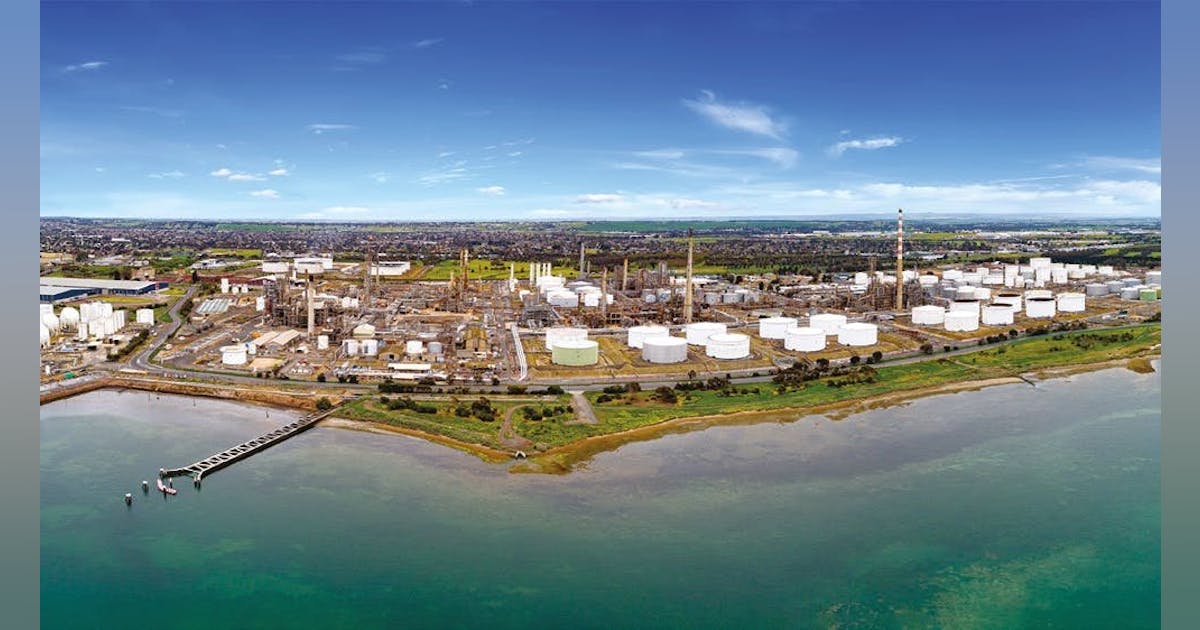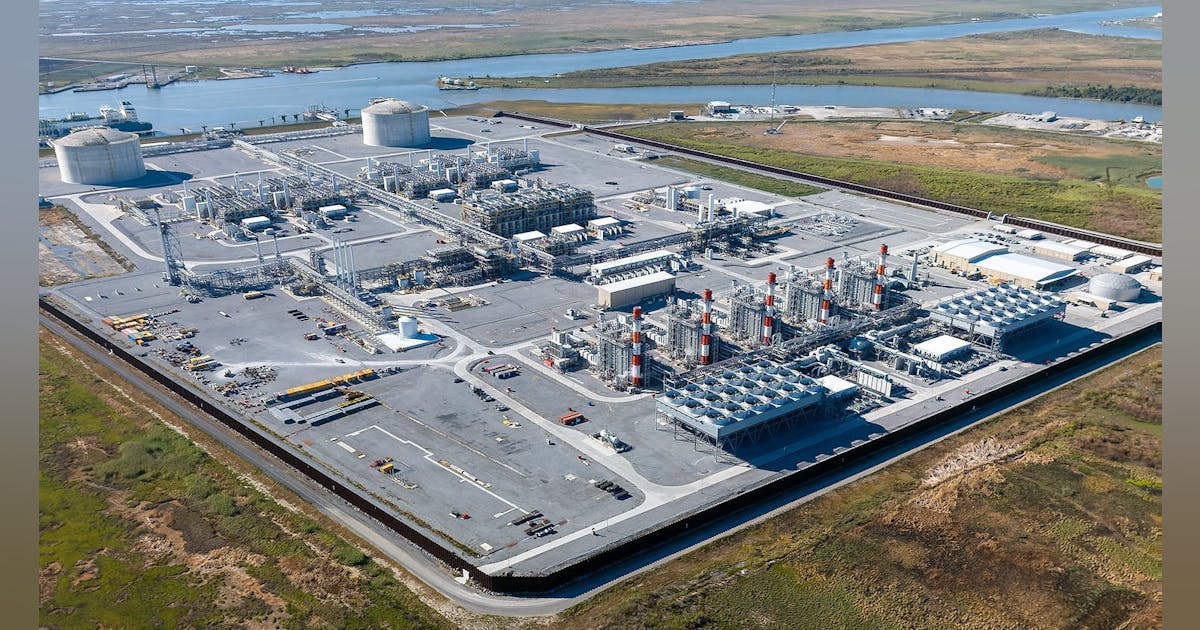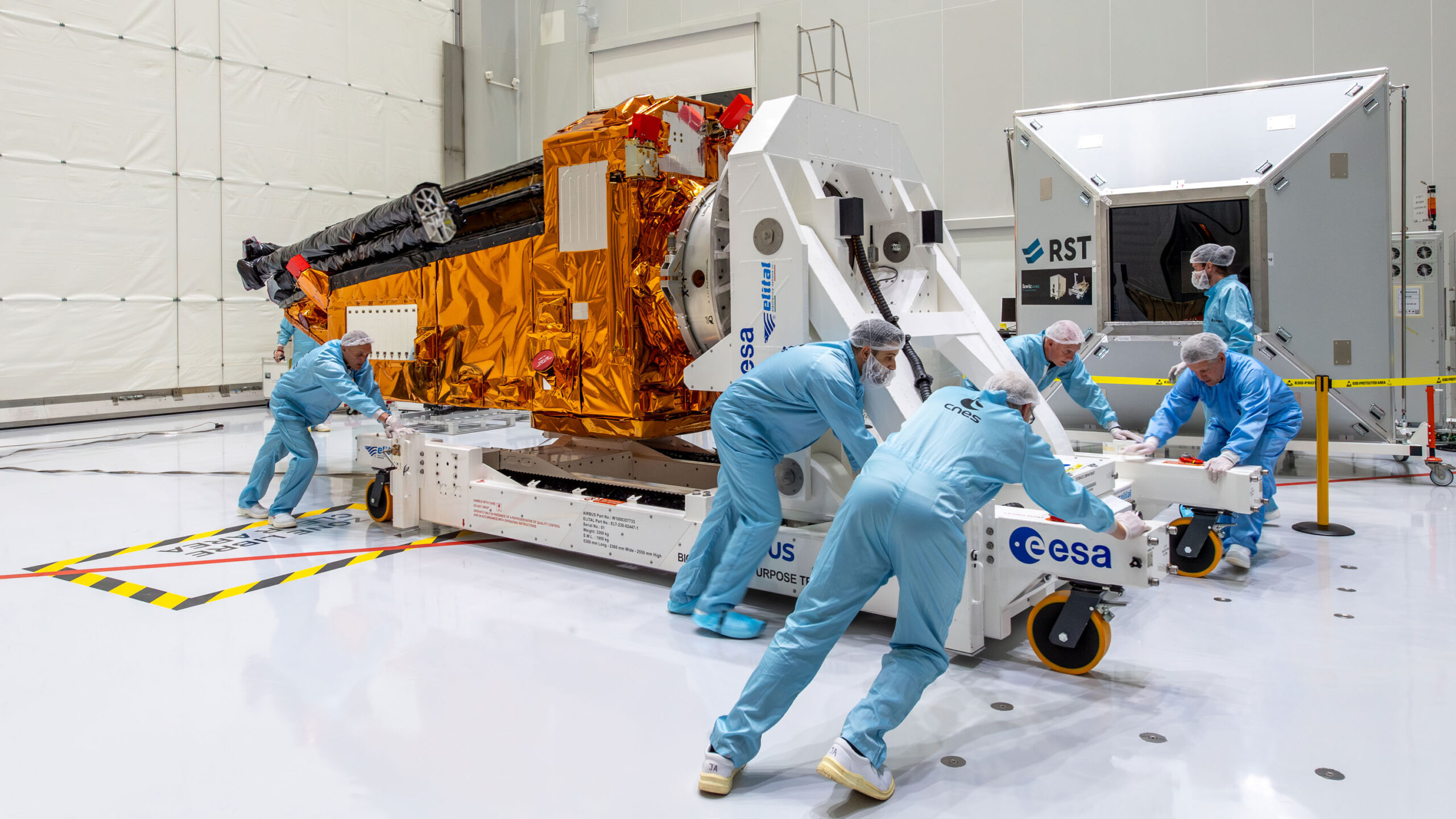
Petroliam Nasional Bhd. (Petronas) and Vietnam Oil and Gas Group (Petrovietnam) have agreed to extend their production sharing contract (PSC) and upstream gas sales agreement (UPSA) for the PM3 Commercial Arrangement Area (CAA) for another 20 years.
The Key Principles Agreement “sets the framework for the continuation of the PSC and UGSA until 31 December 2047, ensuring production continuity across seven fields and unlocking further potential [in] PM3 CAA”, Malaysia’s national oil and gas company Petronas said in an online statement.
“The PM3 CAA PSC facilities are also positioned as a strategic hub to support tie-ins from nearby discoveries – optimizing asset utilization and reinforcing energy security in both Malaysia and Vietnam”.
The PM3 CAA covers over 2,000 square kilometers (772.2 square miles) on the maritime border of Malaysia and Vietnam, according to Petronas. The PSC was signed between the two state-owned companies August 1993.
“With an estimated remaining reserve of up to 60 million barrels of oil equivalent, the abundant hydrocarbon resources in PM3 CAA play a key role in contributing towards sustainable energy security in the region”, said Bacho Pilong, Petronas senior vice president for Malaysia Petroleum Management (MPM). MPM is Malaysia’s upstream regulatory.
The new PSC and UGSA will take effect January 2028, according to a separate press release by Hibiscus Petroleum Bhd., which will remain operator of the PSC. Hibiscus Petroleum will retain a 35 percent stake. Petronas will own 35 percent through Petronas Carigali Sdn. Bhd. Petrovietnam will have 30 percent through Petrovietnam Exploration Production Corp. Ltd.
New terms for gas sales from the PM3 CAA will be established to “ensure continued supply to Malaysia via Kertih and to Vietnam via Ca Mau, supporting national energy demands of both countries”, Petronas said.
“The PM3 CAA is also expected to include plans for the reinjection of carbon dioxide (CO2) produced from petroleum production activities – positioning the area as a potential hub for CO₂ sequestration. This approach supports the net-zero aspirations of both countries’ net-zero ambitions by 2050”.
Petrovietnam said separately, “In Vietnam, Petrovietnam has strategically harnessed gas resources from PM3 CAA to fuel national development, particularly in the Southwest region and Ca Mau province”.
“The corporation has invested in the Ca Mau Gas-Power-Fertilizer Complex, comprising the PM3-Ca Mau gas pipeline, a gas distribution center, Ca Mau 1 and 2 power plants with a combined capacity of 1,500 MW, the Ca Mau Fertilizer Plant with an annual output of 800,000 tons of urea, and the Ca Mau Gas Processing Plant with a capacity of 600 tons of LPG [liquefied petroleum gas] and 34 tons of condensate per day”, it added.
To contact the author, email [email protected]
What do you think? We’d love to hear from you, join the conversation on the
Rigzone Energy Network.
The Rigzone Energy Network is a new social experience created for you and all energy professionals to Speak Up about our industry, share knowledge, connect with peers and industry insiders and engage in a professional community that will empower your career in energy.
MORE FROM THIS AUTHOR























